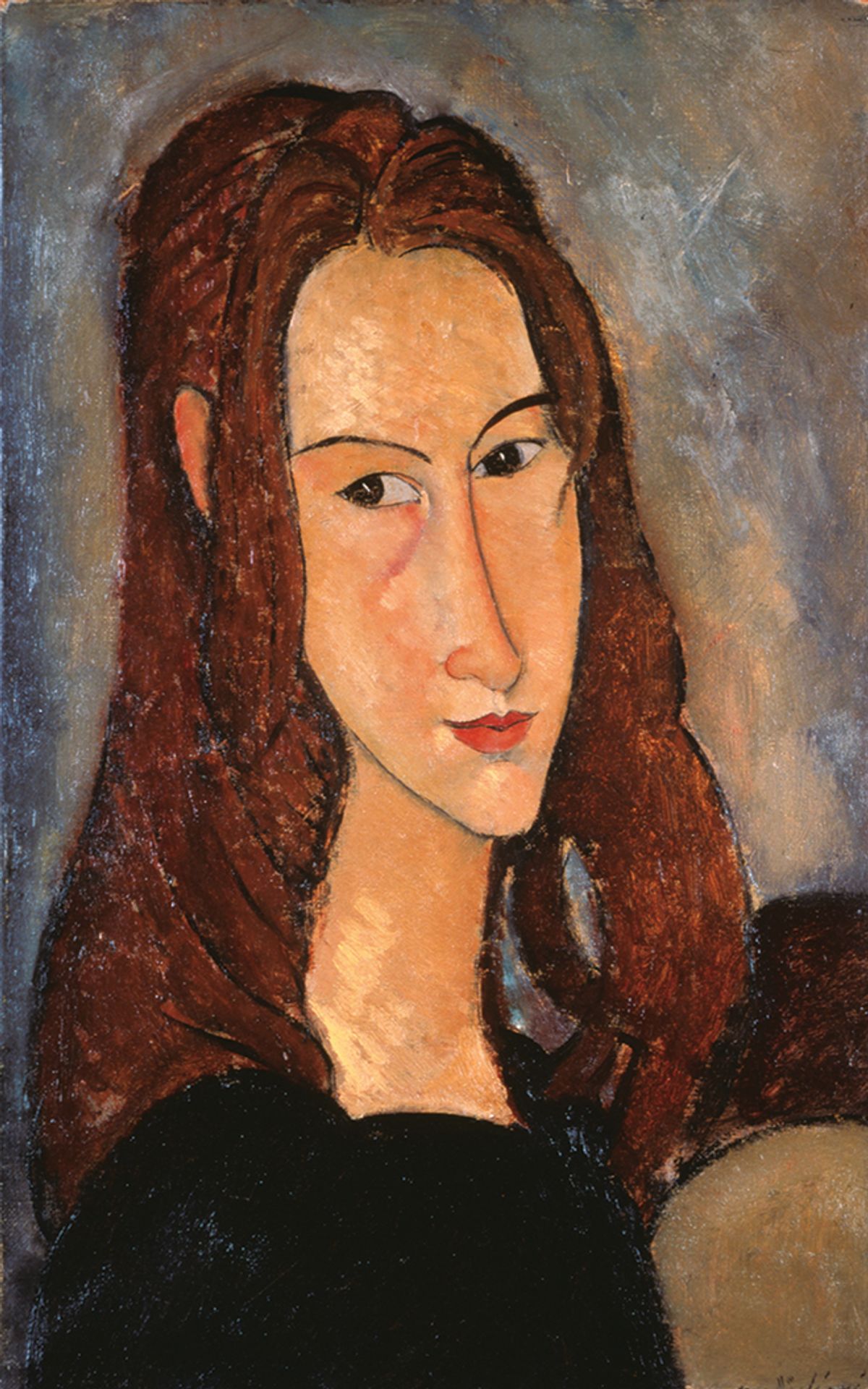Amedeo Modigliani is known as that Modernist bad boy who drank heavily, painted female nudes with elongated faces and scandalous pubic hair, and died young. A current exhibition at Vienna’s Albertina Museum marking the centennial of the artist’s passing hopes to change that and present him instead as a visionary intellectual.
Modigliani: The Primitivist Revolution showcases more than 80 Modigliani works alongside his celebrated contemporaries Pablo Picasso, Constantin Brâncuși and André Derain, highlighting how Modigliani was influenced by archaic and global arts. It positions him as one of the most forward-thinking artists of his generation, by showing he was one of the first to look back (and outside France).
“Everything we have in mind, that Picasso is the god on a horse and Modigliani is kitsch, is not true—we have to totally rethink that,” exhibition organiser and Modigliani expert Marc Restellini says. Restellini has been researching a long-anticipated Modigliani catalogue raisonné that he says will be published next year.
The exhibition references works that Modigliani likely saw at Paris’s ethnographic museum, the Palais du Trocadéro, which were taken from French colonies. One of the artist’s major patrons, Paul Alexandre, said Modigliani visited the Trocadéro often.
This background is a jumping-off point for diverse claims, proposing, for example, that Modigliani based his trademark extended facial features on both African and Cycladic sculptures (the latter also influencing the curvilinear silhouettes of his female nudes). He was interested in the arts of Oceania and the Khmer, and Asian art inspired his subtly introverted facial expressions. The exhibition suggests that Modigliani was, all at once, engaged with the Renaissance, African, Egyptian, East Asian and ancient Greek art.
These fall under the problematic umbrella term chosen to title the show: Primitivist. After a lengthy discussion in the exhibition catalogue explaining the racist history of the term, Restellini doesn’t quite justify the choice. “It is… difficult to imagine how an exhibition commemorating the centenary of an artist’s death could be mounted without placing the stress on that artist, and, in the case of Amedeo Modigliani, without adopting the facile solution of the headline-grabbing solo show,” Restellini writes. “Perhaps his relationship to Primitivism might offer a new way of viewing his art.”
• Modigliani: The Primitivist Revolution, Albertina, Vienna, until 9 January 2022


